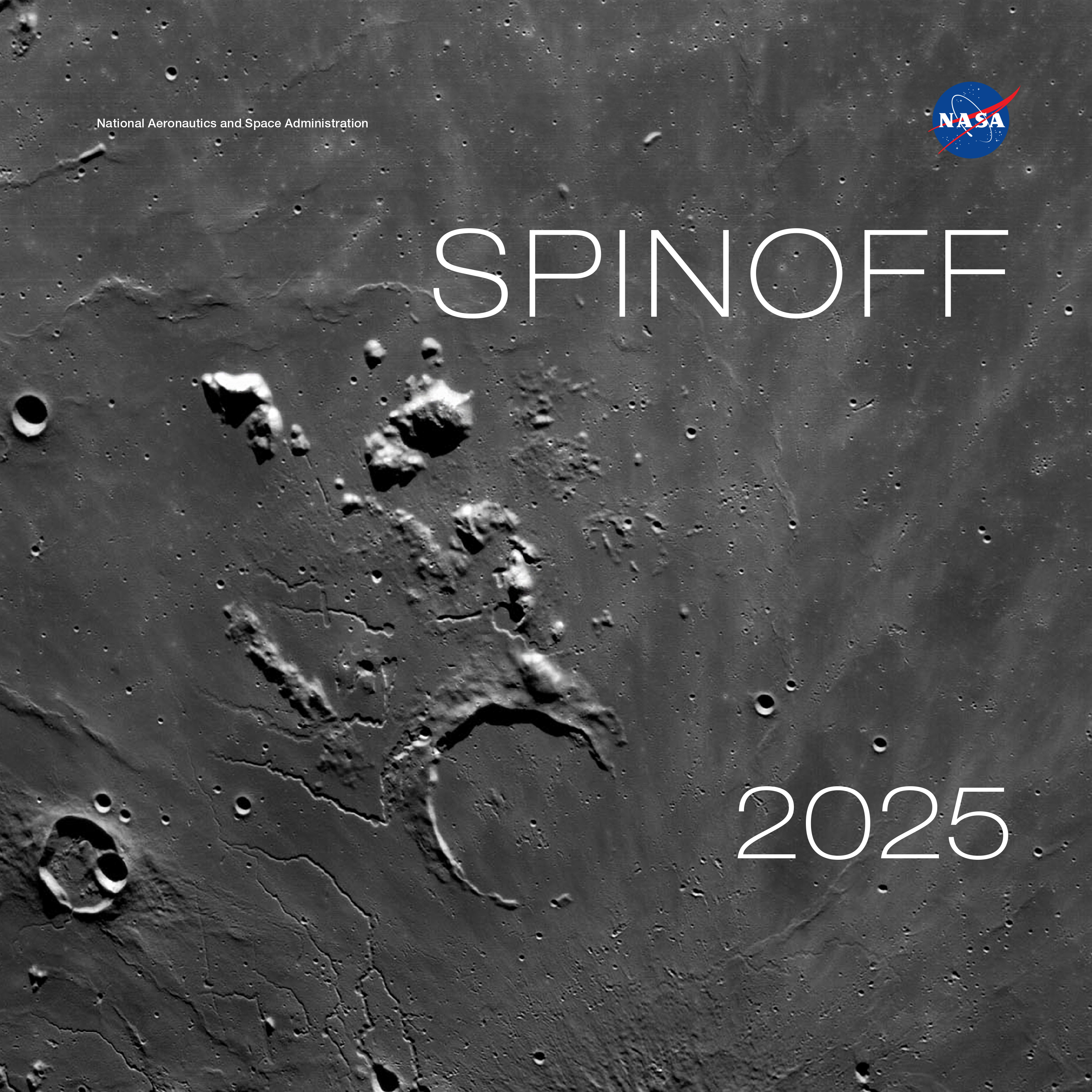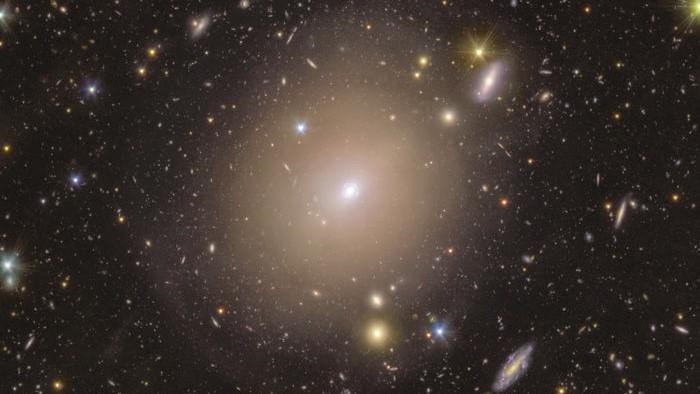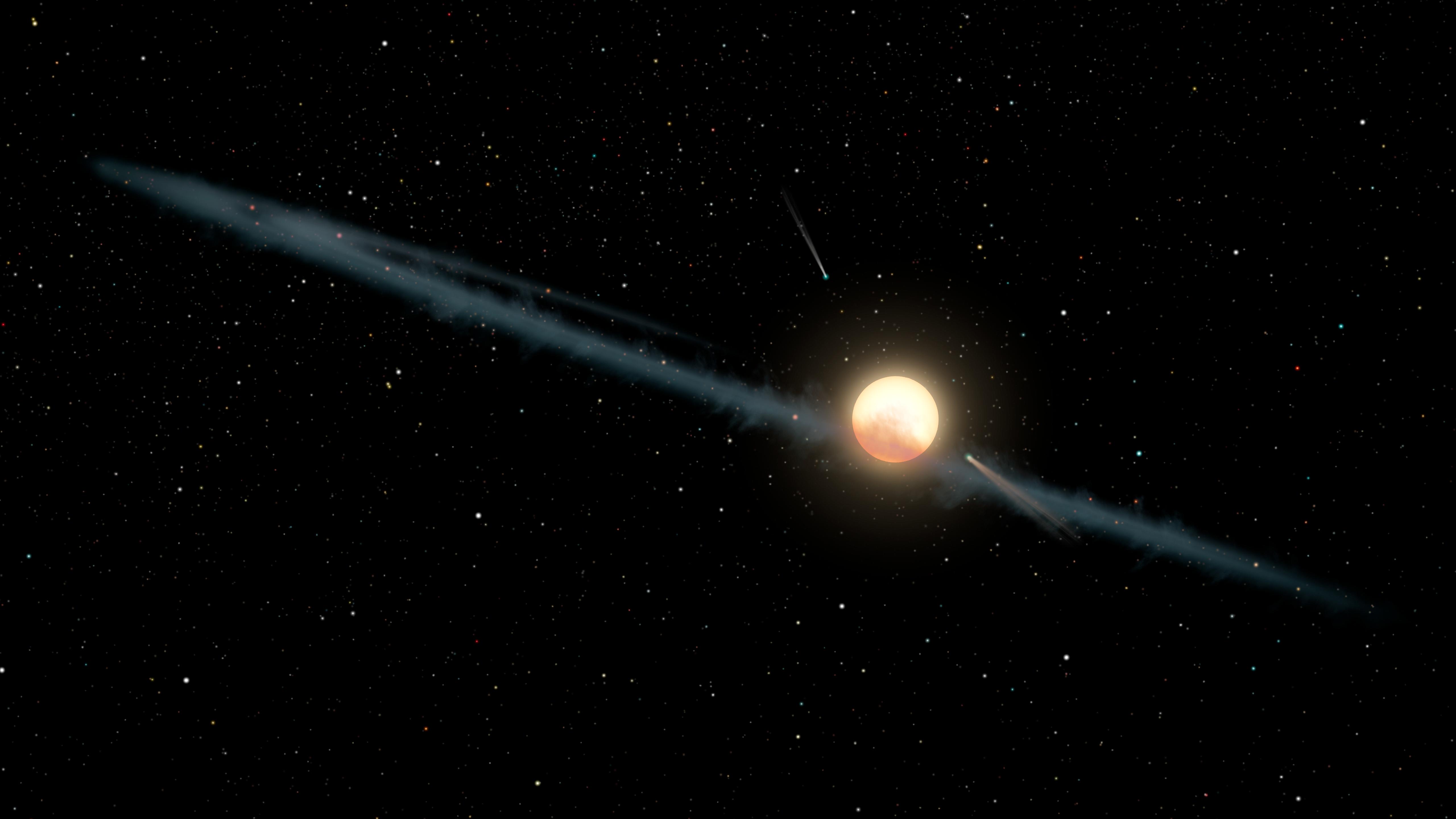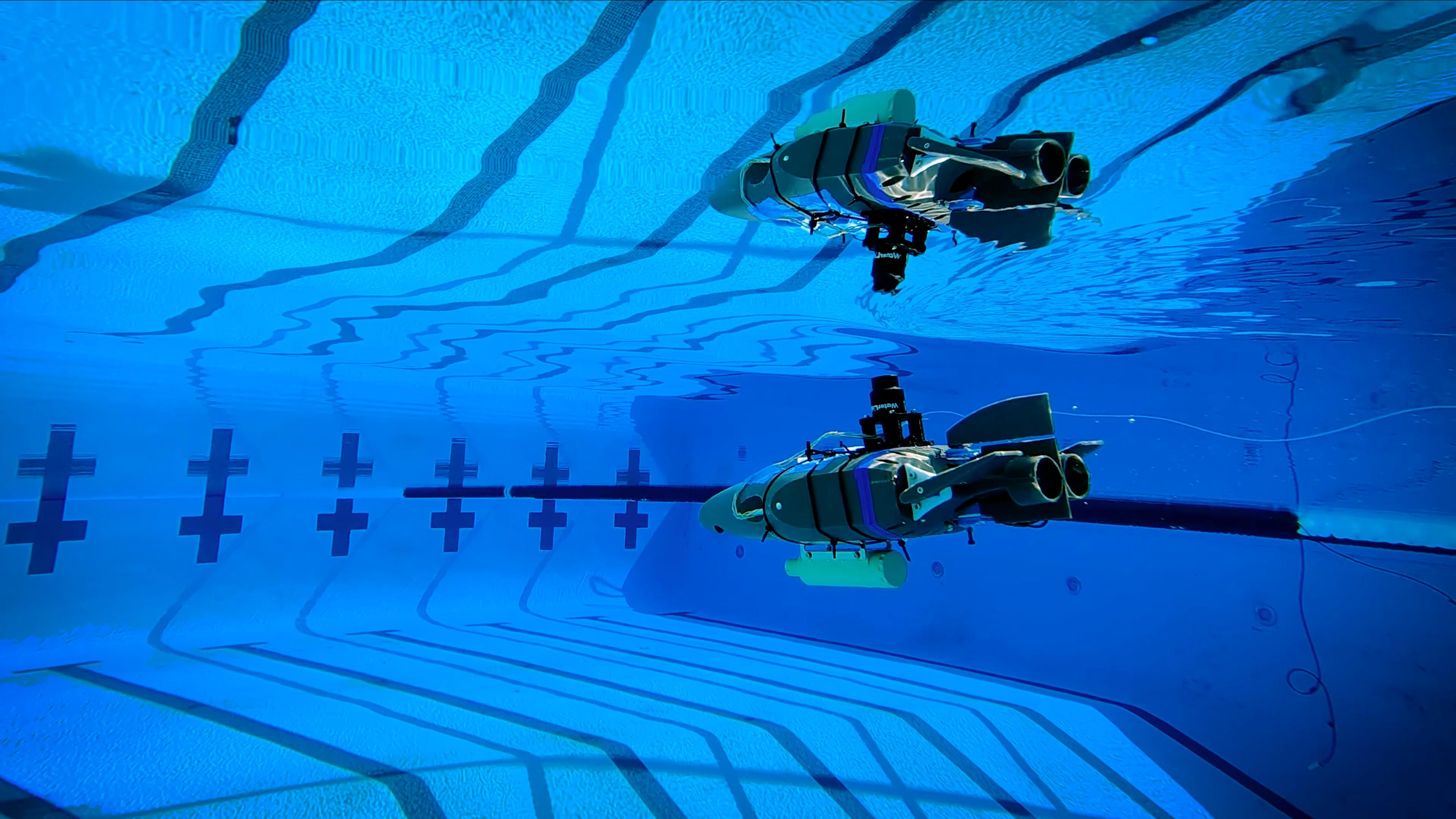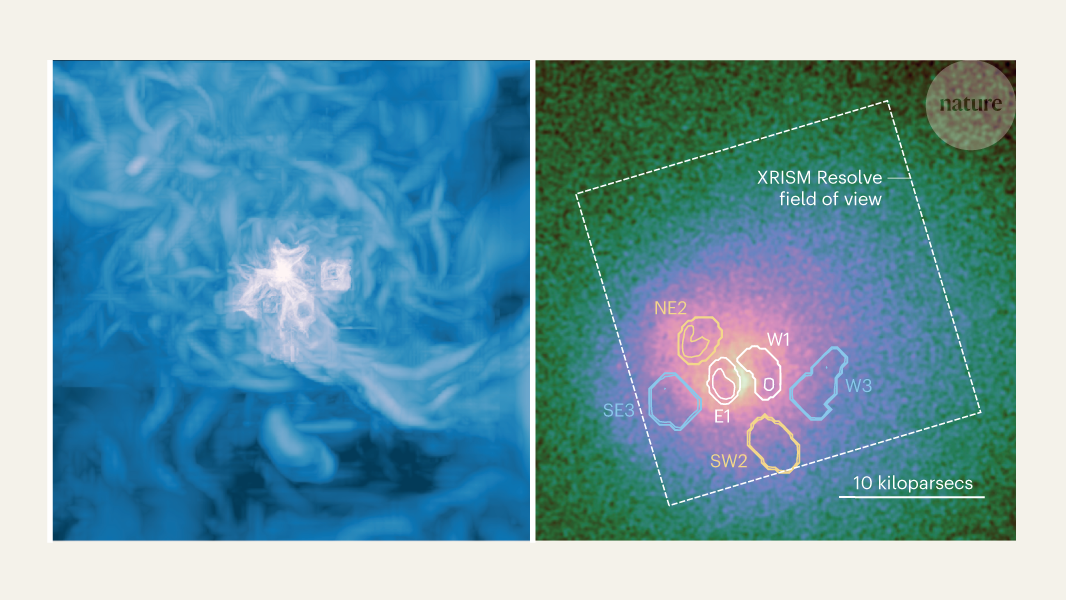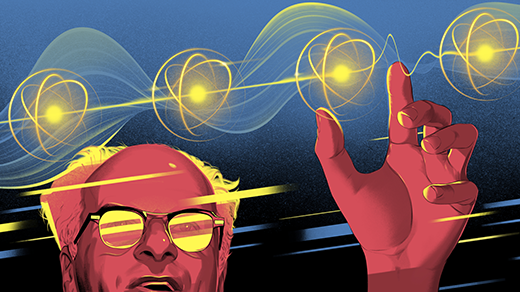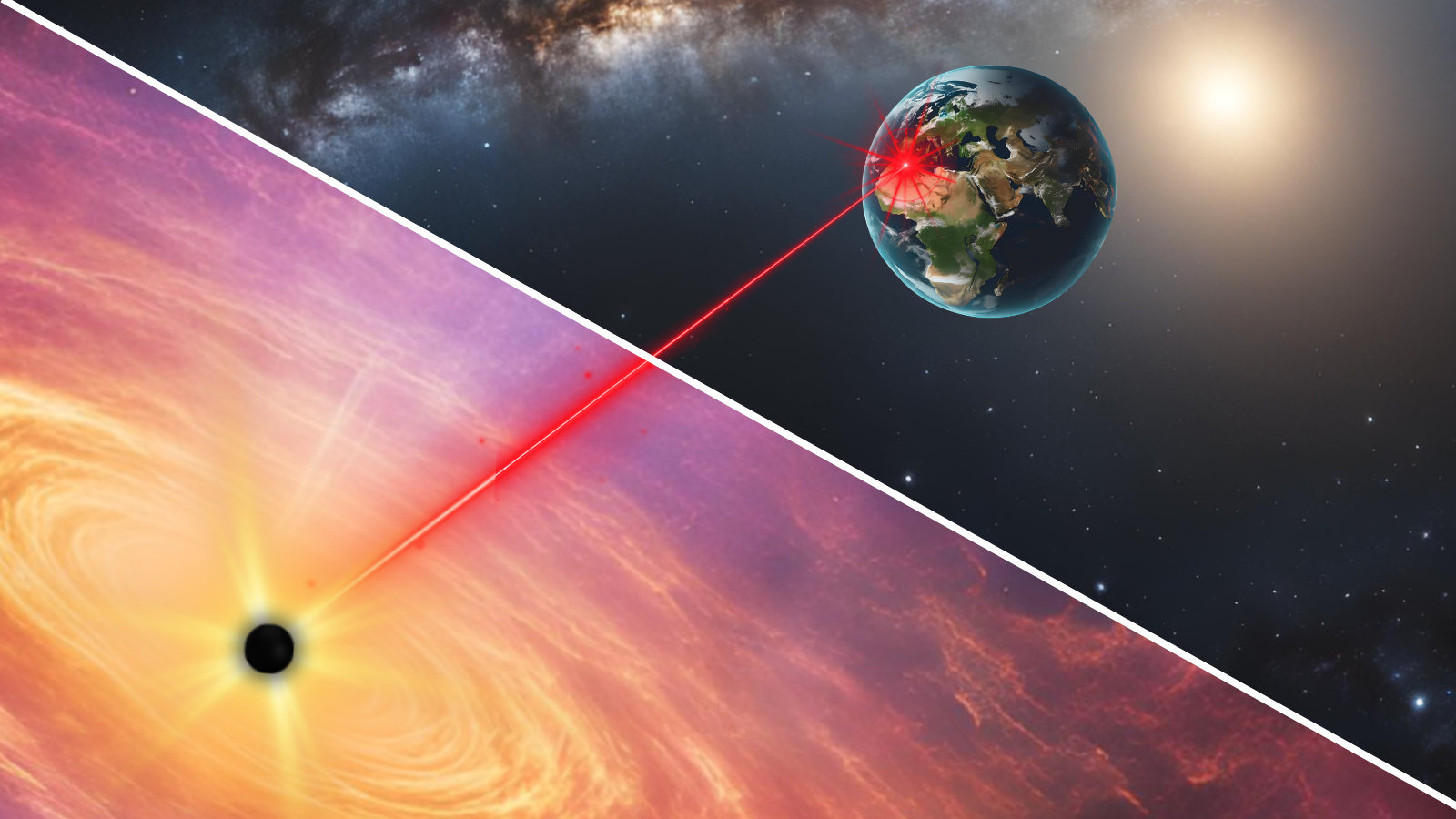Scientists announce the highest-energy neutrino ever detected
'With this ultra-high energy neutrino, we are opening a new window in our universe.' The post Scientists announce the highest-energy neutrino ever detected appeared first on Popular Science.

Of all the fundamental particles that make up the standard model of particle physics, neutrinos remain the most enigmatic. They’re virtually weightless—but not quite! They carry no electric charge and almost never interact with other particles. They don’t even seem to have a fixed identity, instead oscillating constantly between their three different “flavors.” They’re streaming through your body as you read this—the sun is constantly producing colossal quantities of them—but detecting them remains difficult, and there’s still a great deal we don’t know about them.
“Neutrinos are very mysterious particles,” says Damien Dornic, one of the co-authors of a new paper published February 12 in Nature that describes the detection of the decay products of an extremely high energy neutrino by the Kilometer Cubed Neutrino Telescope (KM3NeT), a neutrino detector located deep beneath the Mediterranean Sea. Scientists calculate that the neutrino carried an energy of around 220 peta-electronvolts (PeV), making it the single most energetic neutrino ever observed. (220 PeV is an extraordinarily high energy: for comparison, the Large Hadron Collider collides particles at a maximum energy of 13.6 tera-electronvolts, which is just 0.006% of the neutrino’s estimated energy; conversely, this means that the neutrino carried the energy of over 16,000 LHC collisions.)
The neutrino itself was not observed directly; rather, its existence was implied from the detection of another particle called a muon, which lit up one of the two particle detectors on February 13, 2023. Scientists have spent the last two years examining the data and reconstructing the trajectory of the muon, concluding that it was created by the interaction between a matter particle and the ultra-high energy neutrino.
While neutrinos remain extremely elusive, muons are both easier to detect and far better understood. They are often described as the electron’s heavier cousin, because—beyond some very subtle differences that remain the subject of active research—they are almost identical to the familiar electron. There’s one key difference, however: a muon’s mass is some 200 times greater than that of an electron.
This high mass makes muons unstable, and on average they decay into lighter particles after existing for less than two microseconds (a microsecond is one millionth of a second.) It might seem that this fleeting lifespan might also make muons hard to detect, but the effects of relativity mean that high-energy muons appear to us to exist far longer than this. The relativistic effects known as time dilation and length contraction basically mean that from our frame of reference, the faster a muon is traveling, the longer it takes to decay.
Most muons detected on earth are produced by cosmic rays, which are high-energy particles—usually protons—that can collide with particles in the Earth’s upper atmosphere, producing showers of exotic, short-lived particles when they do so. Muons produced in this manner are imbued with enough energy for some of them to reach the surface of the earth.
However, the muon that struck the KM3NeT detector in 2023 can’t have been one of these muons: unlike cosmic ray muons, which descend from above, it arrived on a nearly horizontal trajectory. The paper calculates that to reach KM3NeT in this manner, it must have travelled almost 100 miles through seawater and solid rock—a much greater distance than is possible for a muon produced by a cosmic ray interaction. The immense energy required to propel this muon such a distance along this trajectory alerted scientists to the fact that it was unusual—and suggested that its origins were similarly exotic.
So where did it come from? What could possibly imbue a tiny, ghostly particle with such immense energy? “It is only the most powerful sources in the Universe that are capable of producing such neutrinos,” says Dornic. “Active galactic nuclei, and in particular blazars, are particularly interesting [potential] sources. Gamma-ray bursts [from] starburst galaxies [could] also be candidates.”
The term “active galactic nucleus” (AGN) refers to the heart of a galaxy whose central supermassive black hole is actively consuming matter. The infalling material forms an accretion disk, and the resultant strong magnetic fields eject some of this matter at extremely high speed in jets that emerge from the poles of the black hole, perpendicular to the disk. Dornic explains that a blazar is an AGN with one special property: “In blazars, the jet is pointing toward the Earth.” This means that this high energy matter—including, perhaps, the neutrino that came hurtling towards the Earth in February 2023—is blasted straight at us.
Dornic says that more research is needed into these extremely high energy neutrinos before any definitive statements can be made about their origin. However, he says, the detection of the neutrino described in Nature represents a landmark for astronomy: “[Neutrinos] … can be used to study the heart of the most cataclysmic sources in the Universe. They are really monsters, associated with the activities of supermassive black holes with masses or millions to billions of solar masses. With this ultra-high energy neutrino, we are opening a new window in our universe. [This is] the first stone of some super exciting future results.”
The post Scientists announce the highest-energy neutrino ever detected appeared first on Popular Science.































